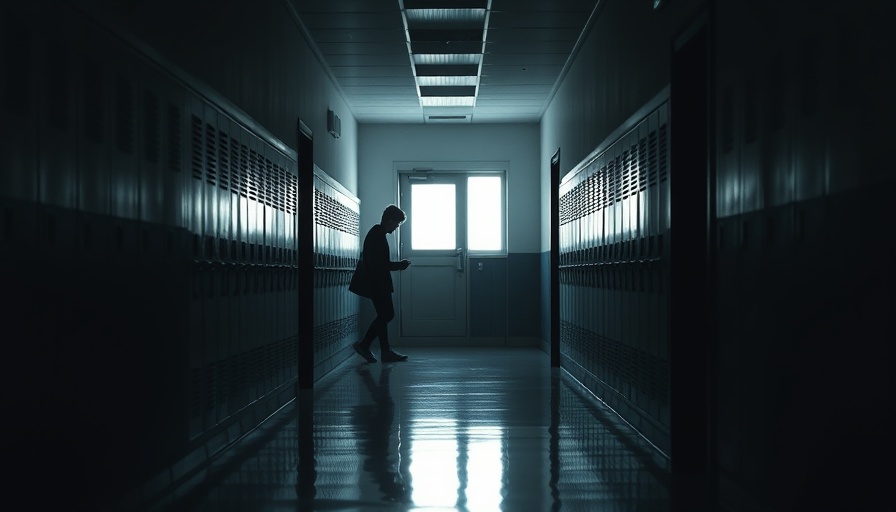
Unraveling the Red Flags: A Community's Call to Action
On January 22, a tragic event unfolded at Antioch High School in Nashville when 17-year-old Solomon Henderson brought a gun into his school, resulting in the death of 16-year-old girl before taking his own life. This heartbreaking incident highlights the urgent need to address issues surrounding youth violence and mental health in schools. As reporters Aliyya Swaby and Paige Pfleger uncovered through their investigation, there were numerous warning signs that, if heeded, could have potentially averted this disaster.
The Role of Mental Health in Preventing Violence
In their probing investigation, Swaby and Pfleger scrutinized Henderson's history before the shooting, revealing multiple red flags raised to Tennessee authorities regarding his mental health and stability. This raises an essential point: how can mental health support become better integrated within school systems to identify at-risk individuals early on? Understanding that mental well-being is directly connected to the safety of our communities is vital. Schools need to have comprehensive mental health programs in place that actively seek to identify students who need support, ensuring that no child goes unnoticed.
Empowering Communities: The Importance of Vigilance
What we see through the Antioch shooting is a reminder that communities play a significant role in the prevention of gun violence. The collaboration between Swaby and Pfleger serves as an inspiration for local reporters to dive deep into community stories. By fostering a culture where residents feel empowered to speak up about possible threats, we can bridge the gap between students' struggles and the resources available to help them, fostering a healthier community.
Actionable Steps Toward a Healthier Environment
For families and fellow community members concerned about the mental health of youths, engaging in open conversations is critical. Encouraging children to express their feelings and stresses can create a supportive environment that alleviates the isolation some may feel. It’s important for parents to be educated on the signs of emotional distress and to prioritize wellness in family routines. This might include promoting healthy habits like exercise, mindfulness practices, and balanced diets which collectively contribute to mental clarity and emotional well-being.
The Importance of Collaboration in Journalism
The partnership between Swaby and Pfleger is a testament to the power of collaboration in journalism. Well-formed partnerships can yield deeper insights and foster community connections that might otherwise remain hidden. Through their work, they remind us that stories of tragedy also present opportunities for education, engagement, and healing, linking back to grassroots community support initiatives like wellness programs, meditation classes, or even local sports teams, which can help encourage healthier lifestyles.
Final Thoughts: Driving Change Through Awareness
As we reflect on the Antioch High School shooting, let’s not only pause to mourn but also to learn. The signs that were overlooked serve as a wake-up call for stronger systems of support, better mental health resources, and constructive community dialogue. Individuals must come together to champion the mental health of our youth, facilitating access to wellness resources such as counseling, fitness opportunities, and nutritional education. This is about more than just preventing violence; it's about fostering a culture of understanding and support. Let’s make our voices heard.
To make a tangible difference, consider getting involved in local initiatives that promote mental health awareness and wellness. Your engagement matters in laying the foundation for safer, healthier communities for all. Together, we can turn signs of despair into moments of initiative by supporting programs geared towards emotional stability, proper nutrition, and active lifestyles.
 Add Row
Add Row  Add
Add 




Write A Comment